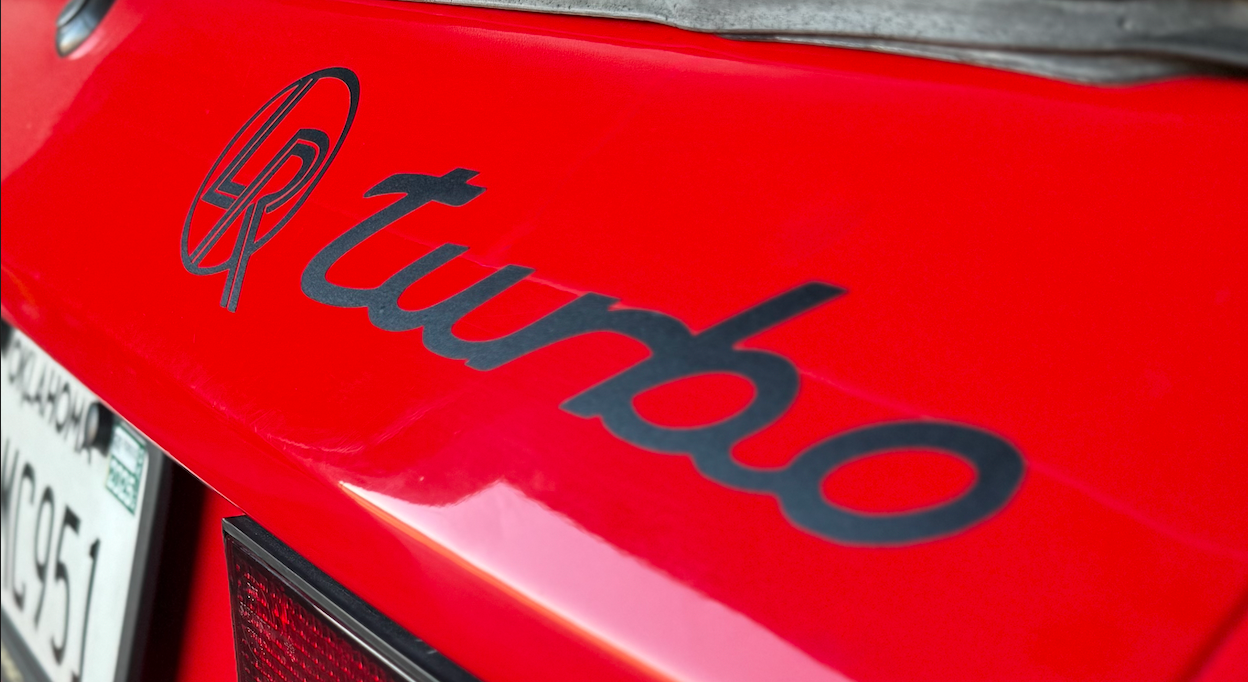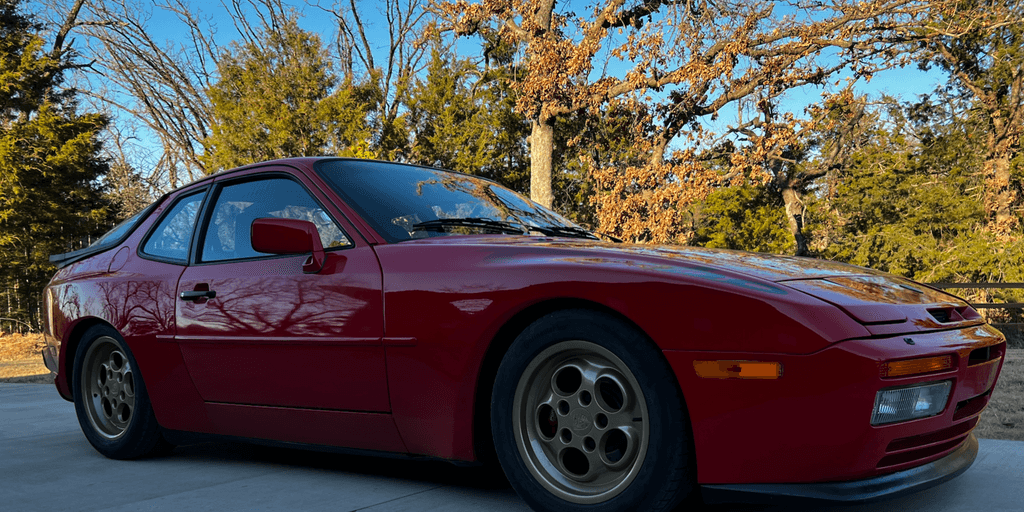There’s nothing quite like the anticipation of turning the key and hearing a Porsche engine roar to life. But a few days ago, my trusty Porsche 944 decided it had other plans. I turned the key, and... nothing. No crank, no start, just the sinking feeling of a problem waiting to be solved.
For a car enthusiast like me, this wasn’t just an inconvenience—it was a challenge. And challenges like this are part of what makes owning a classic like the 944 so rewarding. Here’s how I turned a head-scratcher into a win for me and my 944.
When the engine didn’t turn over, my first thought was the DME relay. It’s a well-known weak spot in these old 944's, and I’ve learned (sometimes the hard way) to keep a spare in the glovebox. After swapping the relay with the spare, though, the result was the same: silence.
Undeterred, I moved on to the next potential culprits.
1. Fuel Delivery: Was the engine getting fuel? After checking the fuel pump, I confirmed it was running just fine.
2. Spark: Next, I tested for spark. And that’s when I found the problem—there wasn’t any.
No spark meant the engine couldn’t fire. Now, it was time to dig deeper.
Thanks to the Porsche community, I quickly zeroed in on the most likely suspects: the Reference Sensor and Speed Sensor. These two sensors, tucked away near the firewall, are critical for engine timing. Without their input, the car’s brain has no idea when to spark.
From my research, I learned that these sensors go by many names—crank sensor, reference mark sensor, speed sensor—but they all serve the same purpose. The Reference Sensor (marked as “B” on the engine) is closer to the front of the car, while the Speed Sensor (marked “D”) is just behind it, nearer the firewall.
It was time to get hands-on.
With my tools out, I tested the sensors. Sure enough, the Speed Sensor was completely dead. This wasn’t surprising—these sensors are known to fail after decades of service. But finding the problem was only half the battle. Now, I had to replace it.
Replacing the Speed Sensor on a 944 is straightforward, especially with the right tools:
1. Remove the Old Sensor: I used a 10mm socket wrench to carefully unbolt it.
2. Install the New Sensor: Before tightening it down, I checked the gap between the sensor and the flywheel. It should be 0.8mm—an important detail to get right. For 944 Turbos, there’s a figure-8 spacer that needs to be in place.
3. Torque the Bolts: I tightened everything to 8 Nm (6 ft-lbs) and double-checked my work.
Moment of Truth
With the new Speed Sensor installed, I slid into the driver’s seat, turned the key, and held my breath. The engine turned over immediately, firing up with a satisfying growl. Victory!
Fixing the Speed Sensor wasn’t just about getting the car running again. It was a reminder of why I love these cars—the quirks, the learning, and the satisfaction of solving a problem with my own hands.

For anyone out there with a classic Porsche, I can’t stress enough how valuable it is to have spare parts (like a DME relay) and a willingness to dive into the details. These cars might test your patience sometimes, but they always reward your effort.
Have you tackled a similar issue with your 944? Let me know in the comments—because every problem solved is a story worth sharing.
